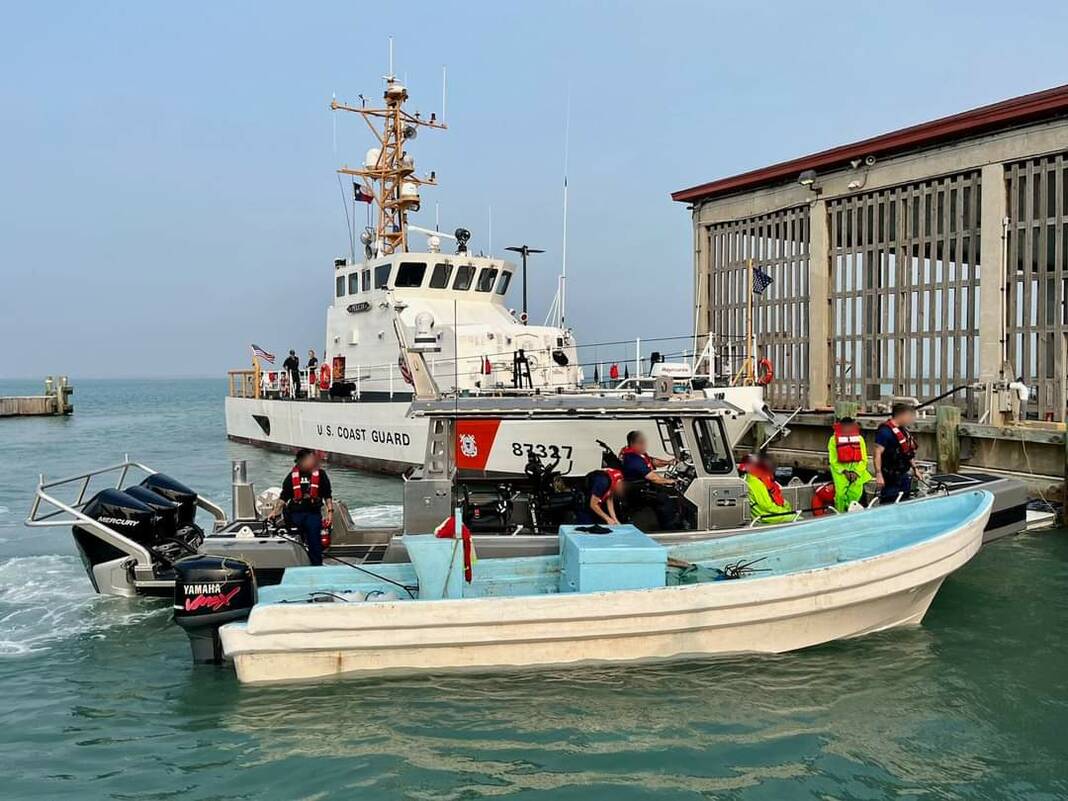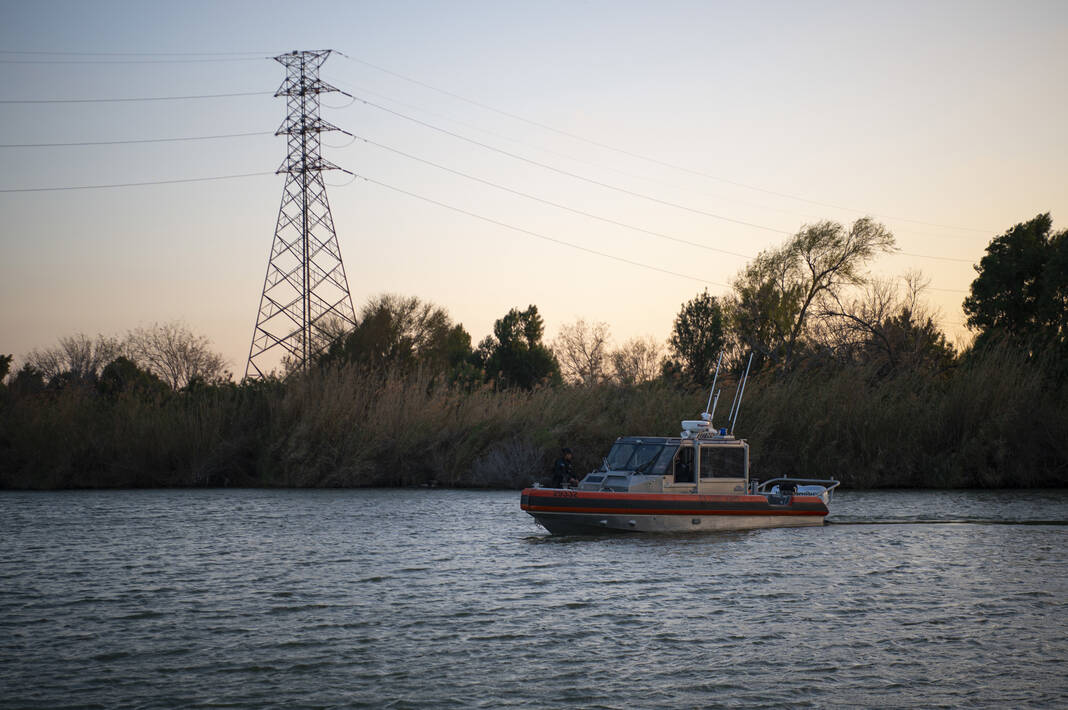WESLACO, Texas – Hidalgo County Commissioner David Fuentes has had to deal with numerous major rain events since taking office, most notably a big storm in June 2018 that left 350 homes flooded.
Over 16 inches of rain fell in Weslaco, which quickly turned into two of feet of flooding.
Fuentes said that storm “highlighted exactly how unprepared our system was to handle that level of water.”
More storms followed. These natural disasters clearly showed “there was a tremendous amount of need… that we hadn’t done enough to really prepare ourselves,” Fuentes said.
Fuentes said his part of the county has a lot of agricultural ditches that are really designed more for farm and agricultural runoff.
“They’re not designed for surface runoff at all and the amount of construction and expansion and development that’s occurred really has increased that level of need. So that’s why we’ve been really focusing a lot on what we’re doing here.”
The other thing the eastern part of Hidalgo County contends with is topography.
“It is devastating to us here in the eastern part of Hidalgo County because from our point to the outfall at the Laguna Madre, it’s only a 60-foot drop in elevation, and it’s roughly a 60-mile spacing between my part of the county and the outfall. So, you’re looking at a gravitational pull of one foot per mile and that’s just not going to move a lot of water.”
Fuentes said that contrasts with western Hidalgo County.
“When you look at the western side of the county, there’s roughly a 300-foot elevation drop in about 45 miles. So, water pushes pretty quick out of the western part of Hidalgo County.”
Fuentes was quick to point out that the challenges he and his Precinct One team contend with are not unique. He said Willacy and Cameron counties also have a difficult time getting runoff water to the Laguna Madre.
The Rio Grande Guardian International News Service secured an in-depth interview with Commissioner Fuentes about his work on drainage issues. He revealed a study was conducted before he took office on behalf of the Lower Rio Grande Valley Development Council which showed it would take $2 billion to fix drainage problems in Hidalgo County colonias.
“I believe that the engineer of record was Halff Associates and they were specifically focused on colonias. It was study to see where infrastructure was lacking, where it wasn’t sufficient. I want to say that report was finalized when I came into office so that study was done probably in 2015 or 2016.”
A lot of improvements have been made since 2018, Fuentes said, so the infrastructure investment needed today would likely be lower than $2 billion. He pointed to two bond measures that were overwhelmingly supported by the voters of Hidalgo County: $188 million in 2018 and $195 million in 2023.
“By the time you factor those things in, you’re looking at $390 million of improvements that have been bond approved. In addition to that, we received $20 million from the General Land Office to make ditch improvements along the Main Drain. And we got a $10 million grant for one of our flood infrastructure funding projects. So, we’ve offset $30 million of improvements with state and federal funding that came to us. So, it’s more than $400 million that we’re putting into the ground actively,” Fuentes said.
On top of this, cities like Weslaco, Edinburg and Pharr have issued their own bonds to do drainage projects themselves. So, in all probability, Fuentes said, “we still have well over one and a half billion dollars of (infrastructure) needs.”
Asked if the residents in Precinct One know of and appreciate all the investments that have been made to improve drainage, Fuentes said:
“When you hear a complaint, it’s because there’s a valid concern. When you don’t hear the complaint, maybe things are working the way they’re supposed to.”
Fuentes contrasted the 2018 rain event with Hurricane Hanna in 2020. In the former, more than 300 homes were flooded. In the latter only five homes had water intrusion.
“So, we went from over 300 to five. That’s a significant change and an impactful change with respect to what we designed, what we had figured out… it actually worked, and was making a difference.”
Editor’s Note: Part Two of our interview with Commissioner Fuentes about drainage issues will be posted in the coming days. Here is Part One of our video interview:
The post Why County Commissioner David Fuentes has to focus so much on drainage, Part One appeared first on Rio Grande Guardian.
 (2).png)
 4 weeks ago
50
4 weeks ago
50









 English (US)
English (US)